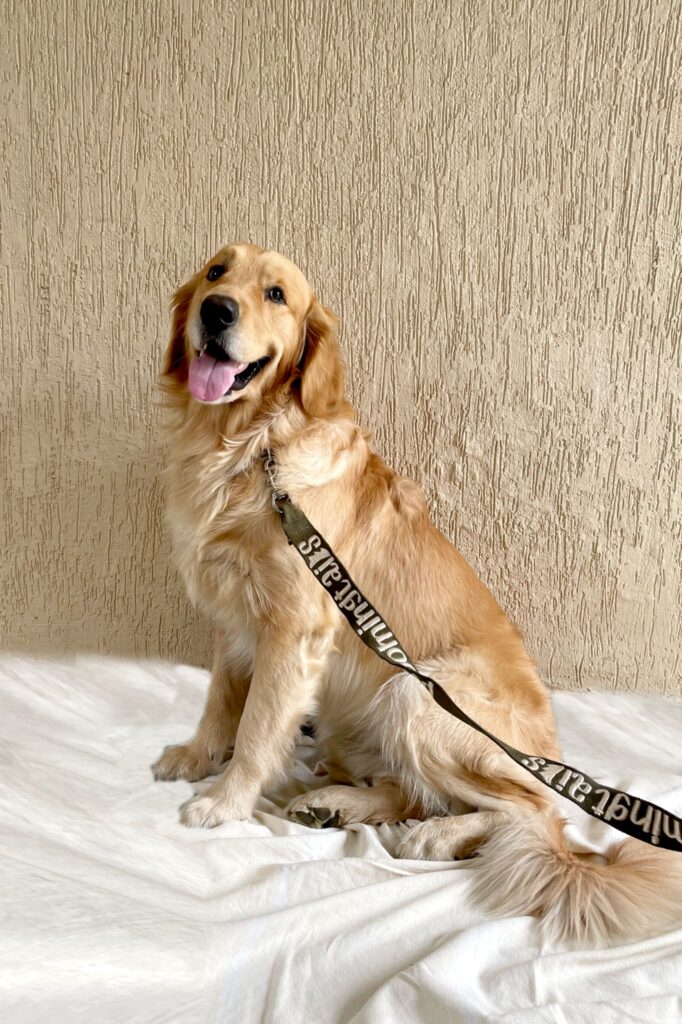Collar Couture: Your Ultimate Guide to Stylish and Sturdy Dog Collars!
Choosing the right dog collar is not just about style or colour—it’s about finding a blend of durability, comfort, and safety that suits your dog’s lifestyle. Whether you’re a new pet owner or a seasoned dog lover, selecting the right collar can significantly enhance your walks, training sessions, and outings with your furry friend. This comprehensive guide will walk you through everything you need to know about dog collars.
Collars are primarily used for attachment of ID tags and leashes, but they also serve as a form of identification and fashion. They come in various materials, sizes, and designs, each suited for different needs and activities.
Types of Dog Collars
Standard Flat Collars: The most common type, suitable for everyday use. They are comfortable and can hold ID tags and leash attachments easily.
Martingale Collars: Designed for dogs with narrower heads than necks, like Greyhounds, these collars tighten slightly when the dog pulls, preventing them from slipping out. These make a great training tool.
Training Collars: Used mainly for training purposes, these include choke chains and prong collars. They should be used under the guidance of a professional to avoid any harm to your dog.
Smart Collars: These high-tech options can track your dog’s location and monitor their activity levels and health data.
Material Matters
Nylon: One of the more popular materials for dog collars due to its durability, affordability, and wide range of colors and patterns. It’s ideal for everyday use, however, non biodegradable and not eco friendly.
Leather: A classic choice known for its durability and style. Leather collars can be more expensive but tend to be more robust and age well.
Neoprene: A soft, padded material often used for dogs with sensitive skin, as it is comfortable and quick-drying.

Choosing the Right Size and Fit
Selecting the correct size and fit is crucial for your dog’s comfort and safety. Here’s how to ensure a perfect fit:
- Measure Your Dog’s Neck: Use a measuring tape to measure around the base of your dog’s neck. Add two inches to the measurement for medium-sized dogs and an inch for small breeds for comfort.
- Check for Fit: Ideally, you should be able to fit two fingers comfortably under the collar when it’s on your dog. This ensures it’s tight enough not to slip off and loose enough not to choke them.
- Adjustability: Look for collars with adjustable lengths to ensure a good fit, especially if your dog is still growing.
Features to Consider
When shopping for dog collars, consider these features to match your lifestyle and your dog’s needs:
Durability
For active dogs or those that spend a lot of time outdoors, look for waterproof and weather-resistant materials. Reflective materials or built-in lights are crucial for visibility during night walks.
Design and Aesthetics
Dog collars come in various designs and styles. Whether you’re looking for a trendy pattern, a bright color, or a sophisticated classic design, there’s a collar to match every dog’s personality and every owner’s taste.
Safety Features
Safety should always be a priority. Look for breakaway buckles that release under pressure to prevent choking if the collar gets snagged.
Ease of Cleaning
Easy-to-clean materials like neoprene or certain types of leather can make life simpler, especially if your dog loves playing in mud or water.
Conclusion
Investing in the right dog collar is an essential aspect of pet care that ensures your dog’s safety and comfort while adding a touch of style. Whether you choose a simple nylon collar for everyday use, a stylish leather piece for special occasions, or a durable neoprene collar for active dogs, the right choice depends on understanding your dog’s needs and lifestyle. With this ultimate guide to dog collars, you are now equipped to make an informed choice that will keep your dog happy and secure in their adventures with you.
Keep an eye out for Bloomingtails’ collars!

